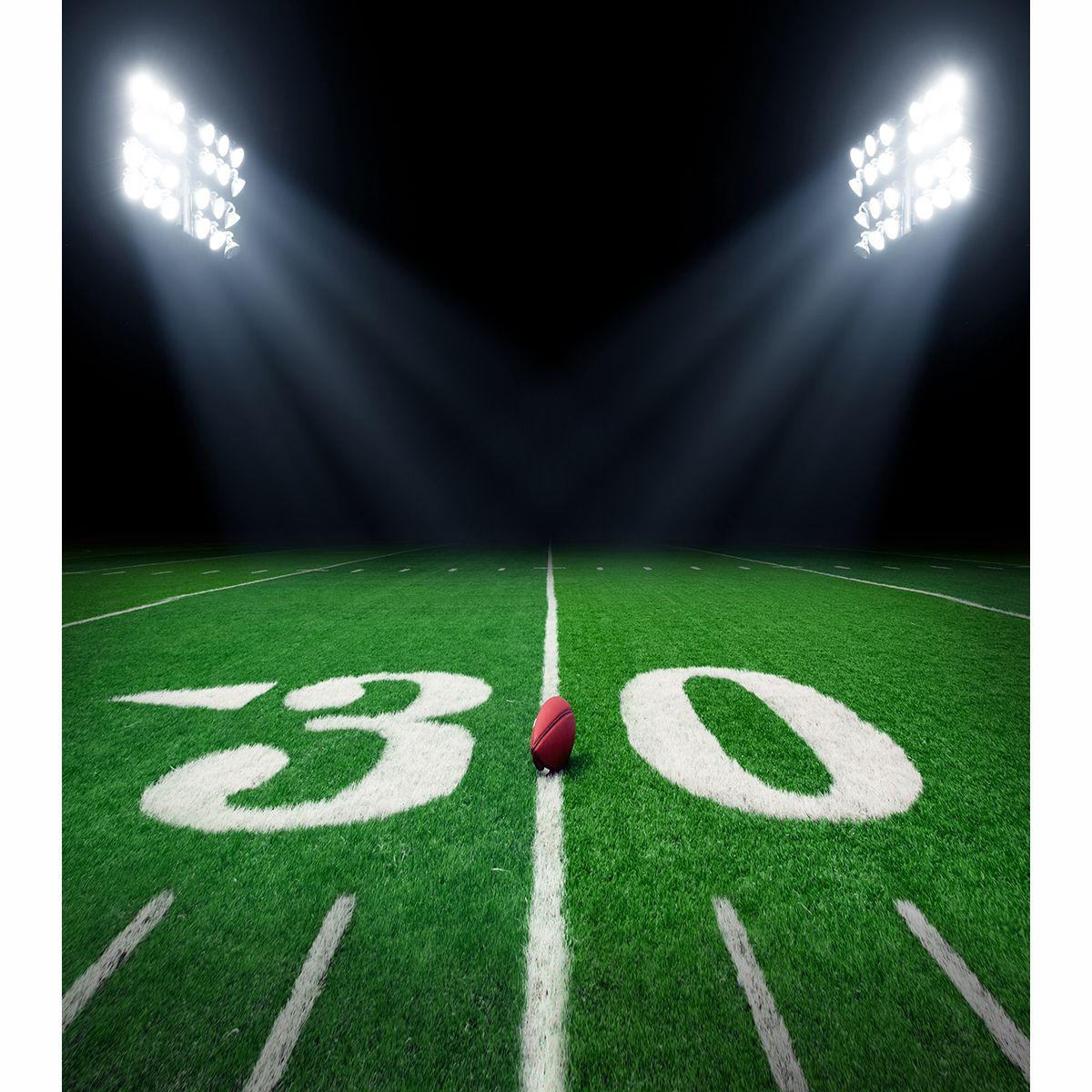Unroll Your Game: The Essential Guide to Choosing the Right Tatami and Sports Mats
Unroll Your Game: The Essential Guide to Choosing the Right Tatami and Sports Mats
Blog Article

When it comes to engaging in sports and martial arts, the right equipment can make all the difference. Whether you are a seasoned athlete or just starting out, the surface you practice on plays a crucial role in your performance and safety. This is where tatami and sports mats come into play. Understanding the various types and materials available can help you choose the best option tailored to your specific needs.
Choosing the right tatami or sports mat is essential for a range of activities, from judo and karate to yoga and dance. The right surface not only provides the necessary support and cushioning but also enhances your ability to train effectively. In this guide, we will explore the different types of sports material available, the benefits of each option, and how to determine the best mats for your sport. Whether you need mats for home practice, a gym, or a dojo, this essential guide will help you unroll your game and elevate your training experience.
Understanding Tatami and Sports Mats
Tatami mats have their origins in Japan and are traditionally used in martial arts and various forms of physical training. Made from rice straw and often covered with woven rush grass, these mats offer a unique combination of cushioning and support, making them ideal for absorbing impact during throws and falls. The texture and density of tatami contribute to a safe training environment, allowing practitioners to execute techniques with confidence.
Sports mats, on the other hand, encompass a broader range of materials designed for various athletic activities beyond martial arts. These mats are made from foam, rubber, or vinyl and come in different thicknesses and densities to cater to specific sports needs. For instance, wrestling mats typically have a thicker profile to cushion the wrestlers, while gymnastics mats are engineered for dynamic landings. Understanding the specific requirements of your sport is key to selecting the right sports mat.
When considering tatami and sports mats, it is essential to reflect on the intended use and the level of activity involved. Factors such as the type of sport, frequency of use, and surface area should influence your choice. Ensuring the right balance of comfort, safety, and durability is critical, as these mats not only enhance performance but also help prevent injuries, making them a vital component of any training regimen.
Factors to Consider When Choosing Mats
When selecting the right tatami or sports mats, one of the most crucial factors to consider is the material. Different materials offer varying levels of support, shock absorption, and durability. Natural materials like jute or cotton provide excellent grip and comfort but may wear out more quickly than synthetic options. On the other hand, PVC and rubber mats tend to be more durable, making them suitable for intense training scenarios. Understanding the specific needs of your sport can help guide your decision on the most appropriate material for your mats.
Sports Material
Another important aspect to keep in mind is the thickness of the mats. Thicker mats generally offer greater cushioning and protection against falls, which is essential for high-impact sports such as grappling or martial arts. However, excessive thickness can sometimes hinder balance and stability, particularly in sports that require agility and precision. It is essential to strike a balance between cushioning and surface stability based on your training requirements and personal preferences.
Finally, the mat's surface texture plays a vital role in performance and safety. Smooth surfaces may facilitate quick movements but can increase the risk of slipping, while textured surfaces provide better grip and stability for dynamic sports. Consider whether your practice involves high-impact movements or requires controlled techniques when assessing the surface texture. By paying close attention to these factors, you can select mats that will enhance your training experience and provide the necessary support for your sporting activities.
Maintenance and Care for Longevity
Proper maintenance of your tatami and sports mats is crucial for ensuring their longevity and effectiveness. Regular cleaning is essential to remove dirt, sweat, and other contaminants that can degrade the material over time. Depending on the frequency of use, mats should be cleaned routinely with a mild soap solution and a soft cloth to avoid damaging the surface. For deeper cleaning, specialized mat cleaners can be used, always following the manufacturer's guidelines to preserve the integrity of the material.
In addition to cleaning, storing your tatami and sports mats correctly is vital for their upkeep. When not in use, mats should be rolled up tightly and stored in a dry, cool area to prevent moisture buildup, which can lead to mold and deterioration. Avoid exposing mats to direct sunlight for extended periods, as UV rays can fade colors and weaken the material. If you must store mats for long periods, consider placing them in breathable bags rather than plastic, to allow air circulation.
Finally, inspect your mats regularly for signs of wear and damage. Look for tears, fraying edges, and any changes in texture or color. Addressing small issues promptly can prevent them from becoming larger problems later on. By adhering to these maintenance practices, you can ensure that your tatami and sports mats remain in optimal condition for years of use, providing a safe and effective training surface.
Report this page